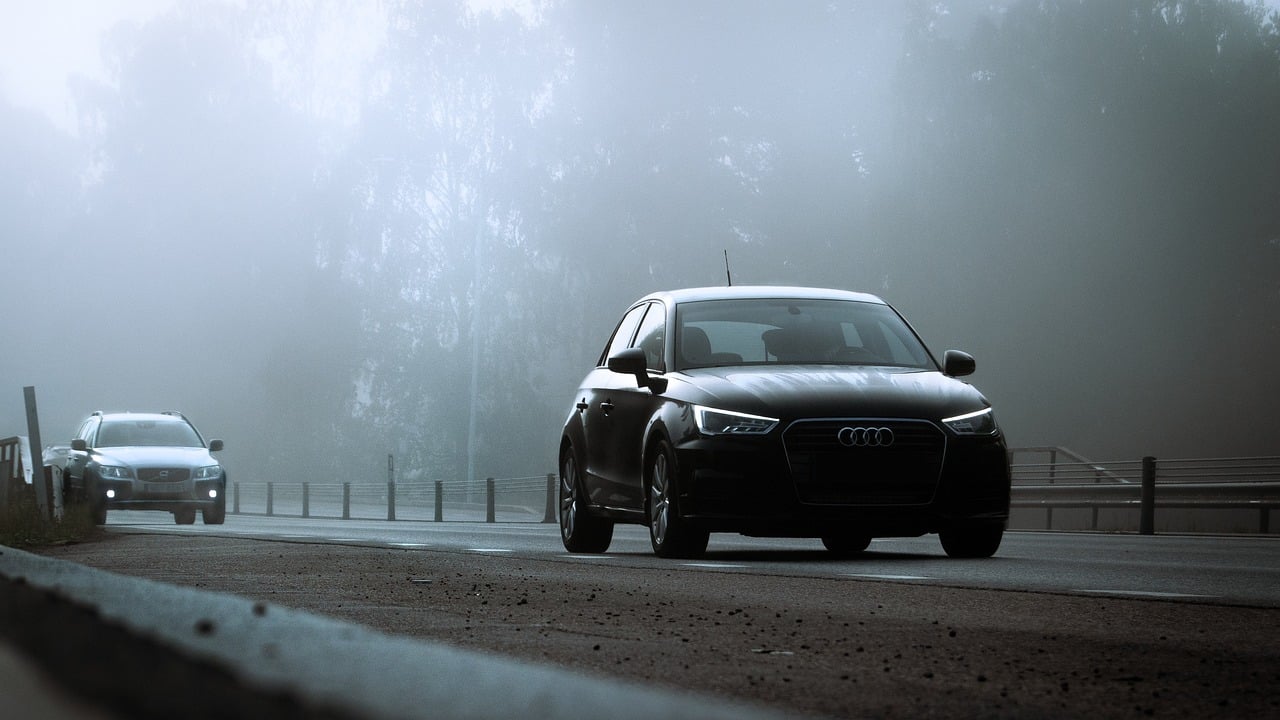Category: Travel
-

Achieving Net Zero would require all humans to be producing 2 tonnes of carbon emissions a year. Currently, the average human produces 7 tonnes a year and this varies widely across the world. But what would such a low emissions lifestyle look like? Would it mean we cannot travel abroad anymore by 2050 because of…
-

To make good sustainable travel choices, we need to be aware of the options we have. Our choices in travelling make up around 25% of our carbon footprint. The Energy Saving Trust has developed a Sustainable Travel Hierarchy, starting with the lowest carbon emission options at the top and to the most carbon emitting travel…
-
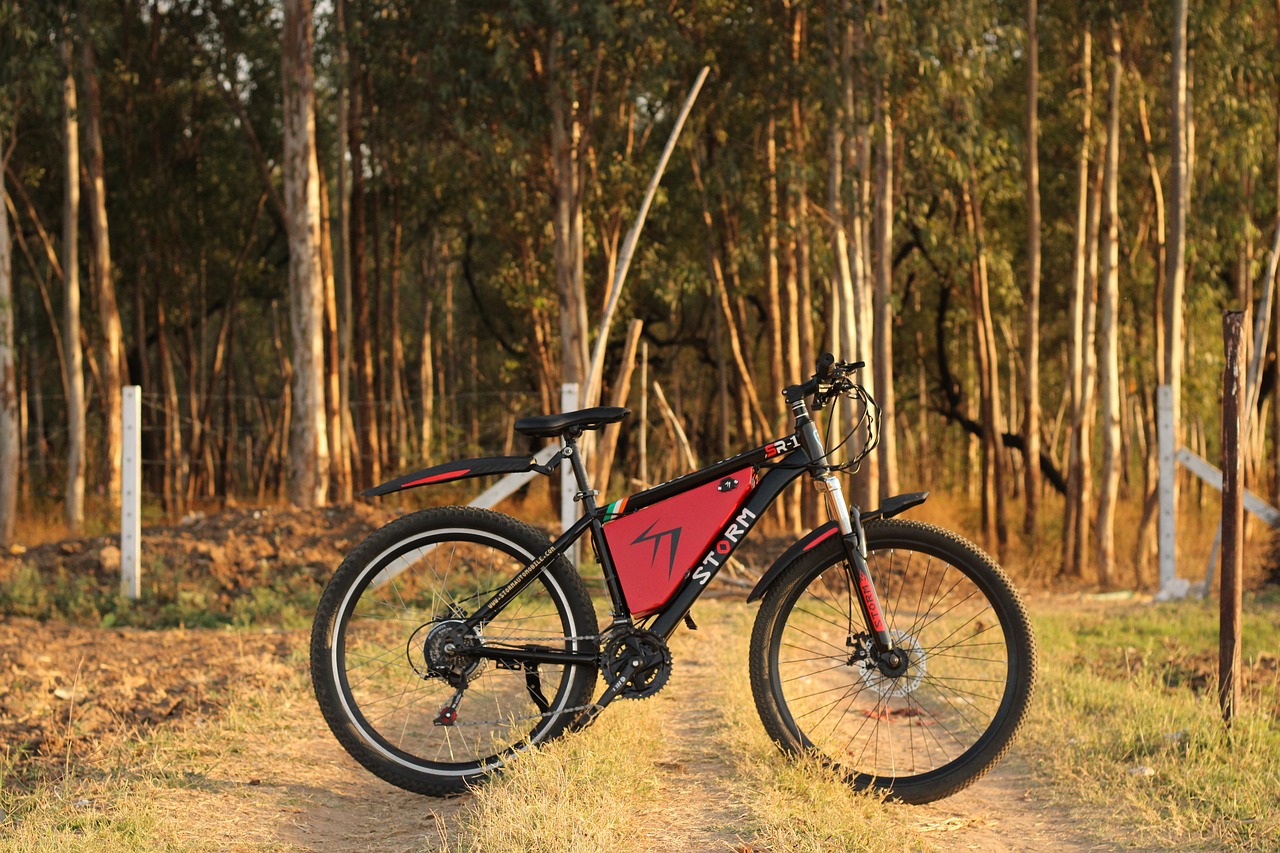
What modes of transport can we use to replace a car? One option which is gaining popularity are electric bike, also known as ebikes. Surveys suggest that ebikes are a more attractive alternative to diesel and petrol cars than an electric car, electric mopeds, electric motorcycles or electric motor scooters. Ebikes mean you can commute…
-
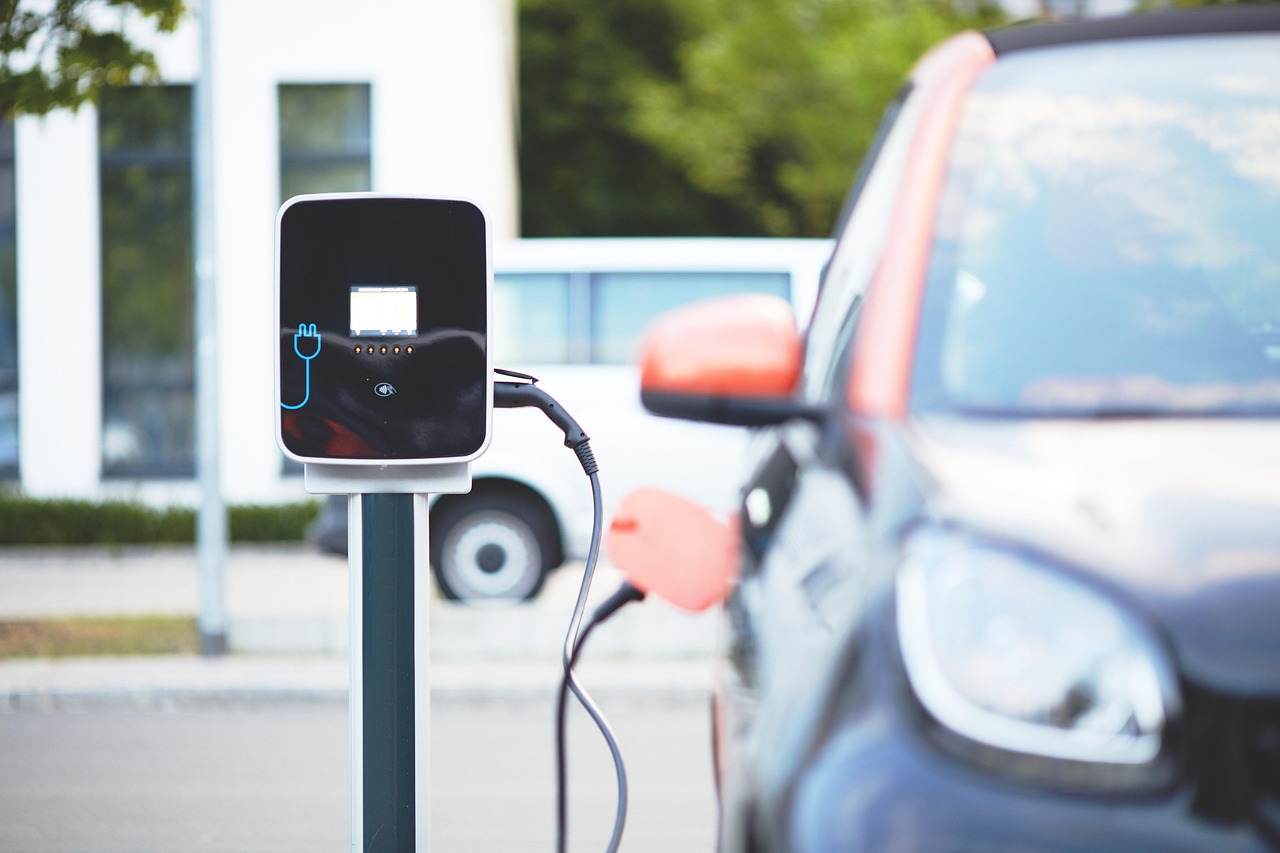
Many people have doubts about electric cars. Many argue that they are too expensive, there are not enough electric plugs in the UK, they create more carbon emissions in their production than they save. But many of these arguments are wrong and it is worth investing in one. It is not possible for the world…
-
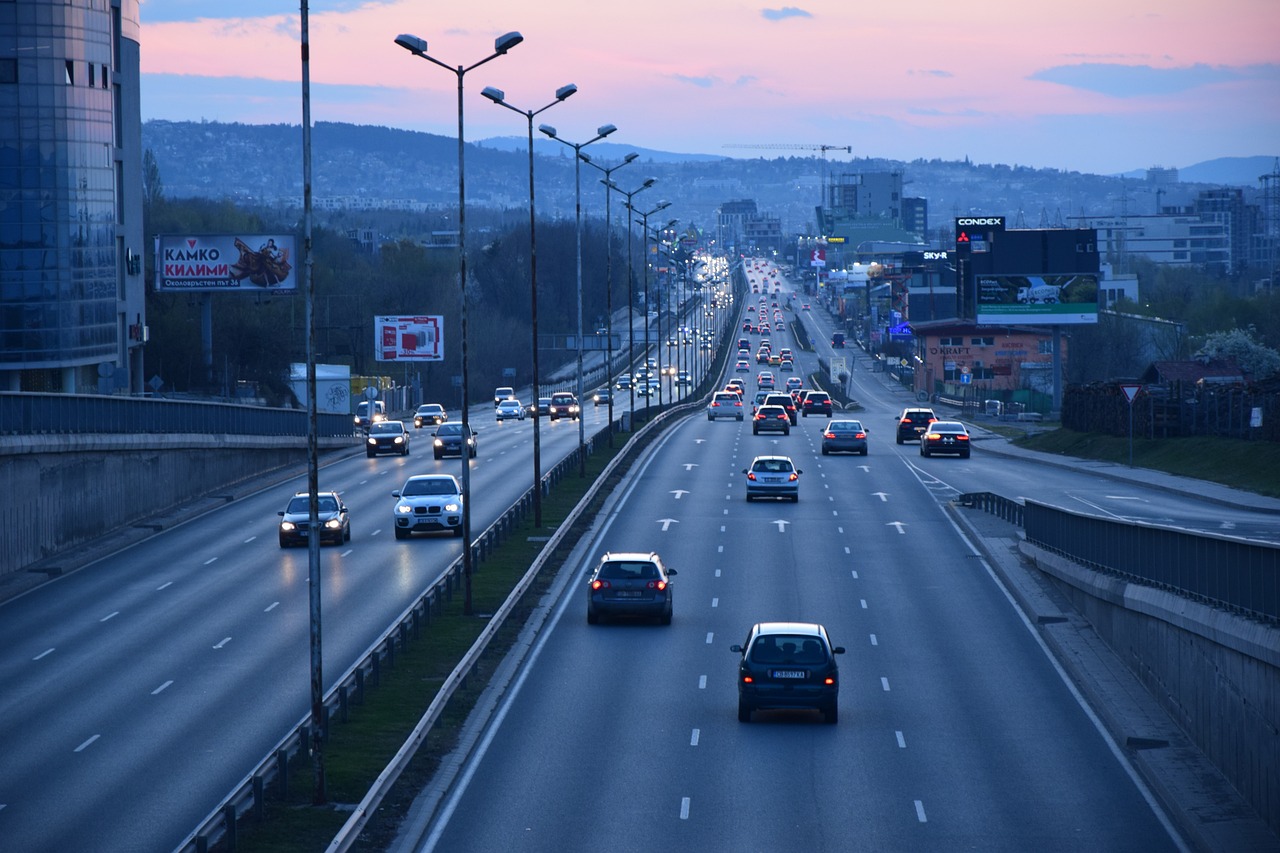
Driving a car is the main contributor to our carbon footprint from travelling. If we lived car-free, this would save 2.4 tonnes of carbon emissions per year. But many of us need to drive a car for work and leisure and alternatives such public transport, cycling and walking routes are not prevalent where our local…
-
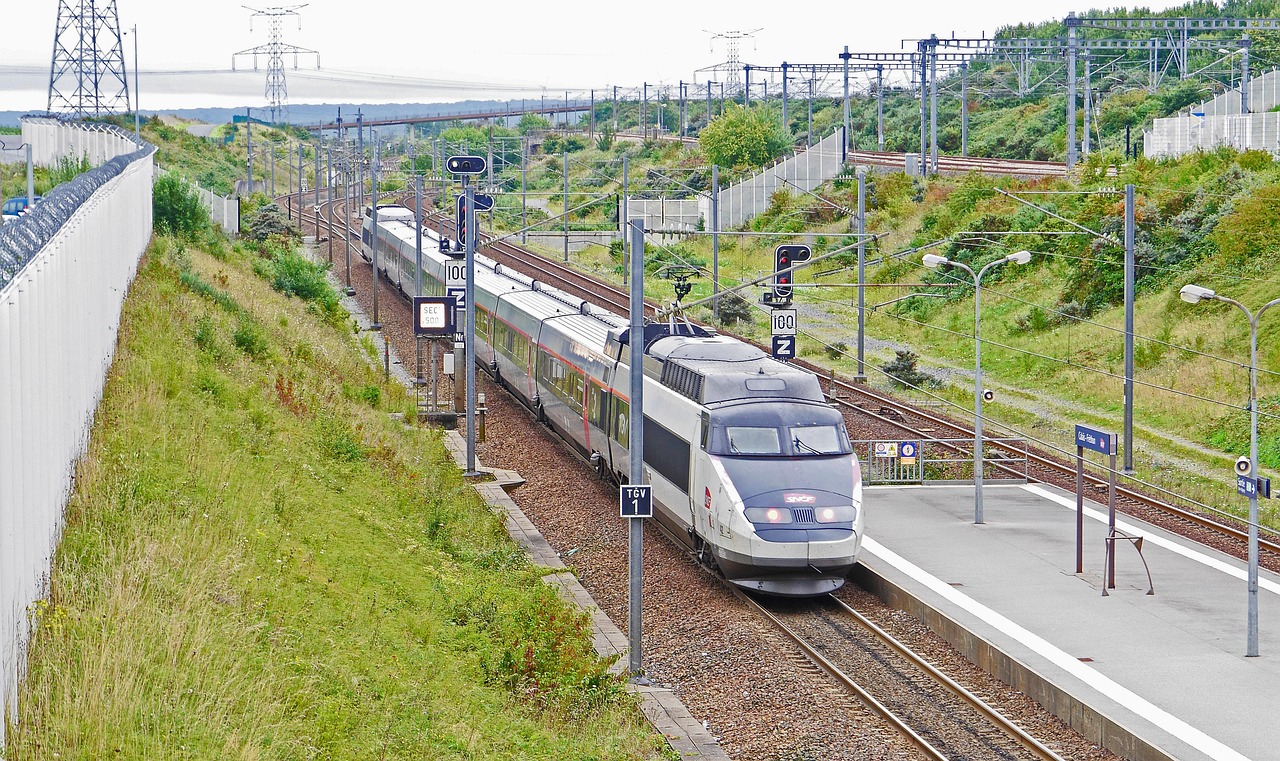
Lonely Planet has written a brilliant book ‘Flight-free Europe’ about how to explore Europe using low carbon routes. They suggest 80 itineraries where you can visit numerous countries within a week or two using mainly train, but also boat, cycling and walking routes. They recommend that to make this type of trip successful, you should…

